http://www.thethumbprintmag.com/content.php?cat=On%20the%20Margins&content=Revive%20Child%20Rights
Photo: Bal Sakha, a CRY-supported NGO working in Dibrugarh
A little boy with a pair of bright twinkling eyes, Durga Prasad Borah is just like any other teen age kid one can come across along the course of the Brahmaputra, our very own Lohit River. Durga lives at Pohari Khonia, a small village at Borboruah Block, around 15 kilometres away from Dibrugarh city, Assam.

At the tender age of 14 Durga Prasad is supposed to be in school, but instead, one finds him busy with fishing all through the day along the banks of the Brahmaputra. Be it a rainy morning or a chilly winter afternoon, instead of spending time with his friends within the classroom, he is busy with his mundane job of fishing with a tattered net in his hands.
Durga Prasad is no stranger to hard work, though. Being the elder of two brothers, he was compelled to drop out of school in December, 2011, and start working in order to help his father Wokil Borah, who is also a fisherman by profession. His story, however, took a positive turn as he came in contact with the Children’s Group organised by ‘Bal Sakha’ (a CRY-supported NGO working in Dibrugarh District in Assam) and expressed interest to continue his studies. But he was not sure if his father would allow him to go back to school. The project workers then talked to Wokil Borah, Durga’s father. To cut a long story short, they finally persuaded him, and brought the little child back to school.
But for the multitudes of little children like Durga Prasad, saying no to Child Labour and walking back to the arena of education is anything but a smooth sailing. There are millions of children all across India, and child labour is to be found in almost every sector of the informal economy. Millions of children are engaged as child labours in workshops and small factories; in dhabas and roadside tea-stalls; in brick kilns and bidi-rolling industries; on the streets and as well as domestic servants. A huge number of children are also to be found in the agricultural sector.
In 1992 when India ratified the United Nations Convention on the Rights of the Child (UNCRC), a reservation was made in article 32, wherein the Government of India articulated that it would progressively ban all forms of child labour, given our economic condition. 21 years hence, we are still speaking about regulating and prohibiting child labour.
More recently, the government of India proposed to amend the Child Labour Prohibition and Regulation Act. The attempt to amend the existing legislation however seems to emerge from the need to do away with the contradiction between the Fundamental Right to Education Act (RTE Act) and the existing Child Labour Act than to completely eradicated child labour.
The amendment categorises children into two groups i.e. Child and adolescent; all persons below 14 year of age being defined as a child and persons between the ages of >14 - <18 a="" adolescents.="" as="" being="" between="" children="" defined="" definition="" for="" is="" it="" new="">14-<18 18="" 2000.="" 3="" 65="" a="" act="" adolescents="" all="" allowed="" amendment="" and="" are="" as="" barring="" be="" been="" but="" can="" child="" considerations="" contrary="" definition="" does="" earlier="" economic="" for="" has="" if="" in="" including="" justice="" justification="" juvenile="" labour="" listed="" mean="" mentioned="" nation="" not="" number="" occupations="" of="" only="" p="" processes.="" processes="" proposed="" provided="" redrawn="" restricted="" sanction="" schedule="" should="" some="" that="" the="" this="" those="" three="" to="" uncrc="" under="" used="" were="" which="" work="" years="">
In the three decades CRY has been working to restore the rights of children in India, we have learnt that domestic work can be extremely exploitative, abusive and violates every right of a child. A child of 14 or 16 years is equally, if not more, vulnerable to abuse and exploitation as a child of 12 or 13 years when it comes to working as domestic help. This can very well be the situation in the context of other occupations as well. Given that India’s track record in implementing legislation is so poor, how are law makers going to ensure the safety of adolescents? What safeguards are being prescribed and put in place? In fact, CRY’s experience has been that children in the >14 - <18 -="" abuse.="" age="" agriculture="" and="" are="" as="" construction="" dhabas="" employed="" exploitation="" exposed="" garages="" group="" helpers="" highly="" in="" labourers="" leave="" many="" mental="" motor="" of="" often="" p="" physical="" road="" sectors="" services="" side="" sites="" that="" them="" to="" transport="" travel="" types=""> The author, Atindranath Das, is Regional Director (East), CRY – Child Rights and You started his career in the development sector as a Child Rights activist three decades back. He is associated to CRY for the last 20 years.
The author, Atindranath Das, is Regional Director (East), CRY – Child Rights and You started his career in the development sector as a Child Rights activist three decades back. He is associated to CRY for the last 20 years.
Interestingly, the National Policy for Children 2012 (NPC) defines the child as persons who have not completed 18 years of age and reaffirms the Government’s commitment to the realisation of the rights of all children in the country, as it states that it will guide and inform all policies, laws and programmes concerning children. But one does not get any clarity on if this means that all legislations pertaining to children will now have a uniform definition of a child. If the NPC is indeed committed to realise all rights of all children in India, then the proposed amendment to the Child Labour Act is meaningless. It remains to be seen how and what attempts will be made to align the definition of a child in the various legislations concerning children with the National Policy for Children.
It is high time the government took drastic steps to clear all confusion regarding setting the age of a child to exercise their right. Child Labour is a matter of national shame, a blatant violation of human rights by the establishment. The very circumstances that drive a child to seek employment- often iniquitous in terms of remuneration, is violation of children's rights for which it is not only the parents but largely the establishment that should be held responsible.
Child labour has, in a way, become a social norm and we accept and tolerate it in our society. Unless we, as a society, have zero tolerance towards such issues, this exploitative and abusive practice will continue. Today, the quintessential goal of children’s happiness and wellbeing is constantly disregarded. Children’s sorrows and chagrins - for not being able to go to school, for living in poverty, for bleak home lives – doesn’t seem to garner much attention. What we need most today isto restore to Indian children their basic rights,revive humanity and create a society where children can live with dignity and exercise their rights in order to lead a happy life. If we are serious about creating a happy, prosperous nation we must begin with children. We need to put children first in everything we do.
The government should amend the law to ensure that all forms of child labour are prohibited for children up to 18 years of age. CRY considers all those between 0 to 18 years of age to be children. And we urge the government to bring uniformity in law when it comes to the definition of a childas provided in the UNCRC.
 The author, Atindranath Das, is Regional Director (East), CRY – Child Rights and You started his career in the development sector as a Child Rights activist three decades back. He is associated to CRY for the last 20 years.
The author, Atindranath Das, is Regional Director (East), CRY – Child Rights and You started his career in the development sector as a Child Rights activist three decades back. He is associated to CRY for the last 20 years.
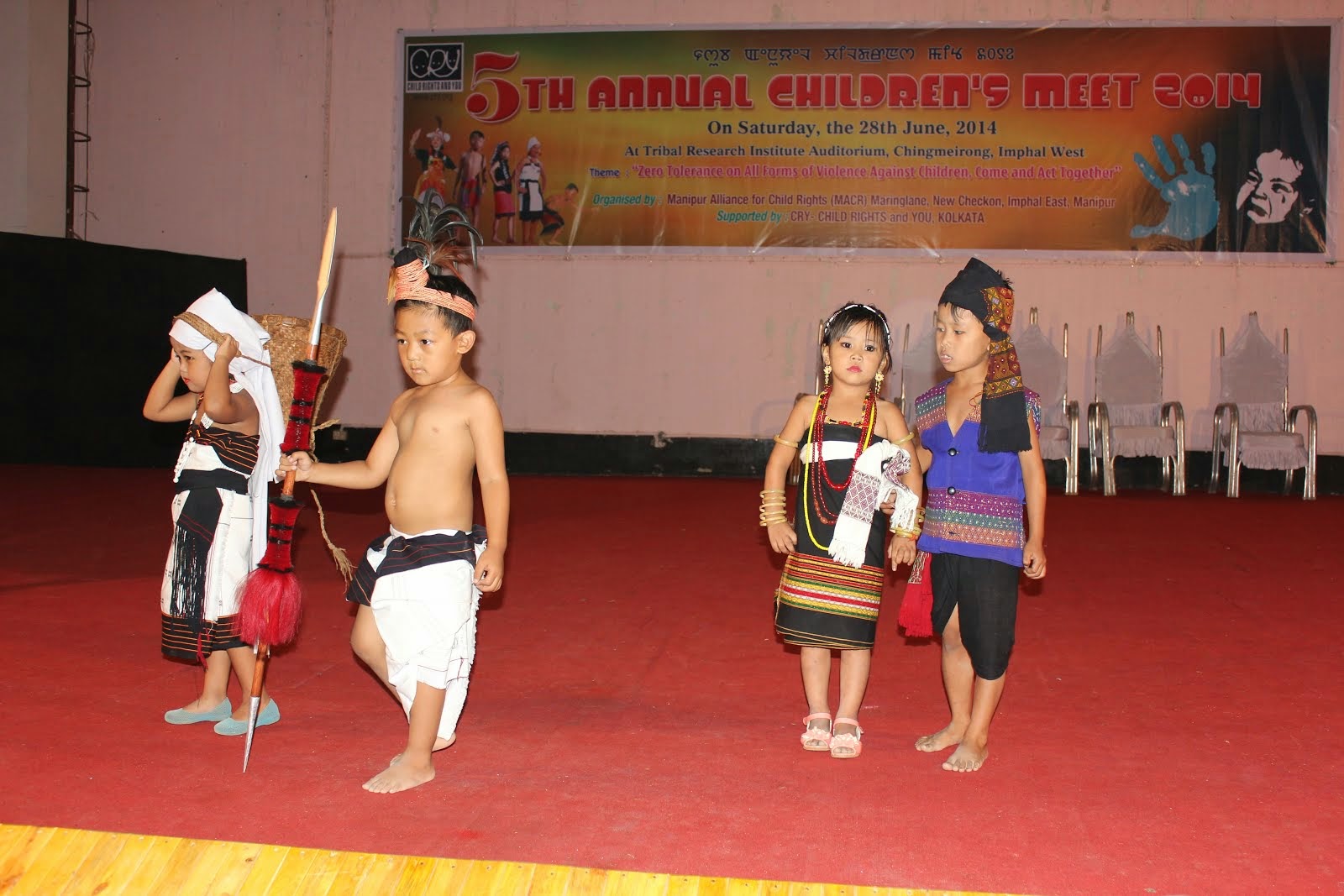

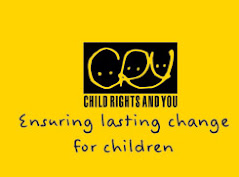





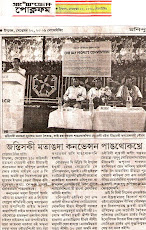
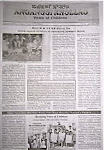
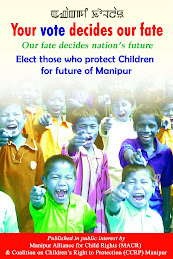





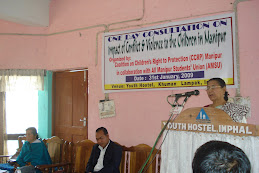
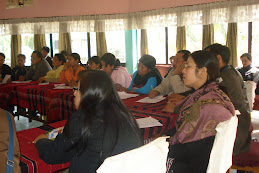
No comments:
Post a Comment